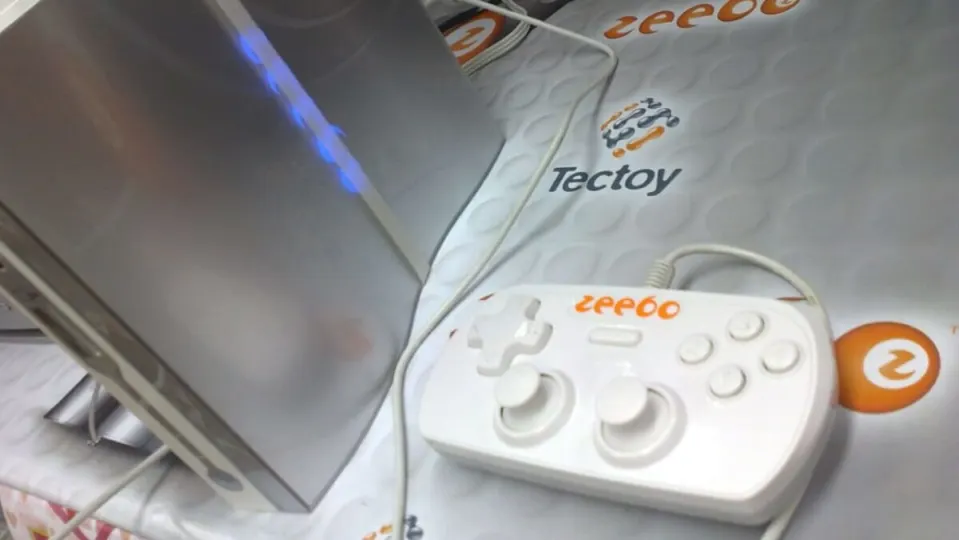In 2009, the world of video game consoles opened its doors to an audience that, a priori, would never have entered it. Wii sold over a hundred million units and WIi Sports became a worldwide phenomenon, PS3 was beginning to show that it was a worthy successor to PS2 and Nintendo DS was still the queen in any home as a more than worthy successor to Game Boy. In this scenario, one company decided that it was the best time to open the poorest markets to the world of video games: that’s how Zeebo was born.
Casting the rod with the zeebo
Zeebo was, to put it bluntly, crappy. Very crappy. But, interestingly, it brought ideas to the table that are now being implemented in modern consoles: to avoid piracy, Reinaldo Normand, its CEO, decided that all games would be sold over the Internet, without physical format. The problem? Broadband in Brazil and Mexico, the only two countries where it was launched, wasn’t the most powerful at the time, so the games had to take up very, very little. It didn’t help that its hard disk was barely 1 Gb.
To give you an idea: the previously mentioned ‘Wii Sports’, the simplest game of the generation, weighed 310 Mb. The biggest game of all Zeebo was ‘A Game of Eggs’… 29 Mb. The smallest, if you’re curious, ‘Prey Evil’, which was 352 Kb. A game that fit on a floppy disk is not what one would understand by next-gen, really.

Zeebo’s catalog was filled with versions of famous mobile games (‘Need for Speed Carbon: Own The City’ or ‘Crash Bandicoot Nitro Kart 3D’), old arcade games (‘Joe & Mac’, ‘Pac-mania‘) and the odd original (‘Zeebo Sports Tennis’, for which a gyroscope controller called “boomerang” was sold). Famous is the case of ‘Resident Evil 4’, whose port is among the most infamous videogames in history, with graphics and gameplay to pull your hair out.
Zeebo was a good idea to revitalize the industry in countries where video games had not entered so strongly for one reason or another, but its price (equivalent to 170-180 euros after several sales) and its pitiful quality meant that neither the appearance of different applications to give it a second life, such as a very rustic Internet (Z-Channels, they called it), ended up raising its popularity.
They wanted to sell 600,000 units and when they decided to shut down on May 27, 2011, they had only sold 30,000. At that time, PS2 had already been released in Mexico in 2004 and managed to sell 860,000 consoles: the graphics were better, it was easy to pirate and it was not a scam like the Zeebo. In Brazil, Mega Drive and Master System remained the dominant consoles for years due to outrageous import taxes, but Microsoft, Sony and Nintendo have now been able to get their ducks in a row. Mexico, for its part, is now an Xbox country, with 60% of the market. Zeebo has, as you might guess, 0%.
Some of the links added in the article are part of affiliate campaigns and may represent benefits for Softonic.


